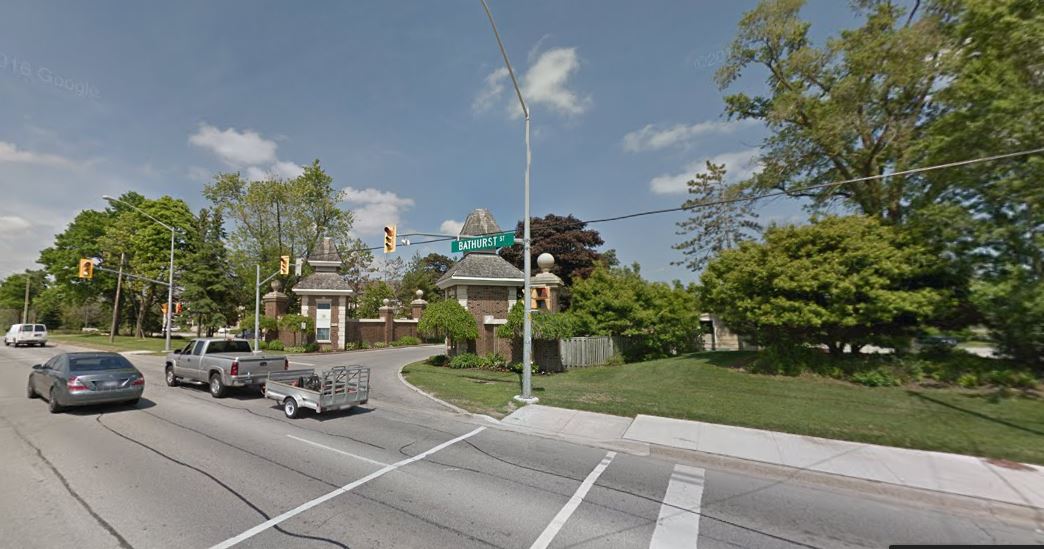I used to be told that 80 per cent of the Toronto Jewish community lived within five kilometres of Bathurst Street and Sheppard Avenue. Growing up, I was an outlier – I lived 11 kilometres away.
For decades, the community grew up the Bathurst corridor, with Jewish neighbourhoods moving farther and farther north. The 2001 census pointed to the astounding growth of the Thornhill Jewish community. By 2011, the locus of growth had shifted further north to Thornhill Woods, which grew by 614 per cent in the intervening decade.
Like much of North America’s move to the suburbs, Jewish Toronto’s northward migration has been driven in large part by real estate: newer houses on larger lots at lower prices. Over the last decade in particular, Toronto’s housing market has exploded, with the cost of housing nearly doubling during this period. With household incomes virtually stagnant and a constant increase in the cost of living – especially the cost of Jewish living – the Toronto real estate market has made it more and more difficult to make ends meet.
Over the last few weeks, two initiatives caught my eye. The first was FrumCity, which aims to develop a new Jewish community in Innisfil, Ont. FrumCity’s mission is “to offer a sustainable, affordable, growing frum lifestyle within a short commute to the GTA by facilitating Jewish community infrastructure” The organizers’ plan is to develop momentum for a sizeable group of families to build a new, religious community together in Innisfil, 45 minutes north of Toronto, where housing is significantly less expensive.
READ: INITIATIVES SEEK TO LURE JEWS FROM ‘UNAFFORDABLE’ TORONTO
The second was an open house hosted in Toronto by Think Hamilton, an initiative to grow the Jewish community in Hamilton. With a day school, synagogue, kosher food and less expensive housing, Hamilton, according to the group’s website, is “built and ready.”
Both initiatives urging people to leave Bathurst Street are innovative and address a pressing issue. Both, however, are mainly targeting Orthodox Jews, leaving behind too many in our community who struggle with similar challenges.
The non-Orthodox community is also starting to leave Bathurst Street. The 2011 National Household Survey demonstrates that the rate of Jewish population growth in Ontario cities such as Barrie, Belleville, Guelph, Oshawa and Peterborough is far greater than the Toronto Jewish community. Unlike FrumCity and Think Hamilton, however, the growth in these areas is more often the result of happenstance than a planned Jewish community affordability and engagement strategy. The result of these moves, I fear, is also borne out in the demographics that indicate the intermarriage rate is far higher in these outlying communities than in the Bathurst corridor.
If we, as a community, are going to make headway on the issue of the affordability of Jewish life, we must factor in not only the cost of schools, camps, and synagogues, but also tackle the cost of housing in Jewish neighbourhoods.
FrumCity and Think Hamilton are two examples of creative thinking to solve the housing challenge. In many ways, the establishment of the Joseph and Wolf Lebovic Jewish Community Campus, which predated much of the housing development south of it in Thornhill Woods, was a similarly bold move to provide Jewish services in an emerging community.
READ: WE MUST MAKE DAY SCHOOL AFFORDABLE FOR THE MIDDLE CLASS
To ensure the vibrancy of Jewish neighbourhoods – which is a key ingredient in Jewish continuity – other such initiatives are necessary. Ideas have been bandied about: seeding new communities along commuter train lines; collaborating with developers to create affordable housing – particularly for families – in Jewish neighbourhoods; or leveraging existing community land to develop appropriate housing stock. It’s time for these and other ideas to take root and forge solutions.
For decades, our community has been strengthened by the Jewish character of the Bathurst corridor. Without interventions – for both the Orthodox and non-Orthodox communities – the Jewish community will become geographically dispersed and lose the reinforcing impact of Jewish neighbourhoods.
